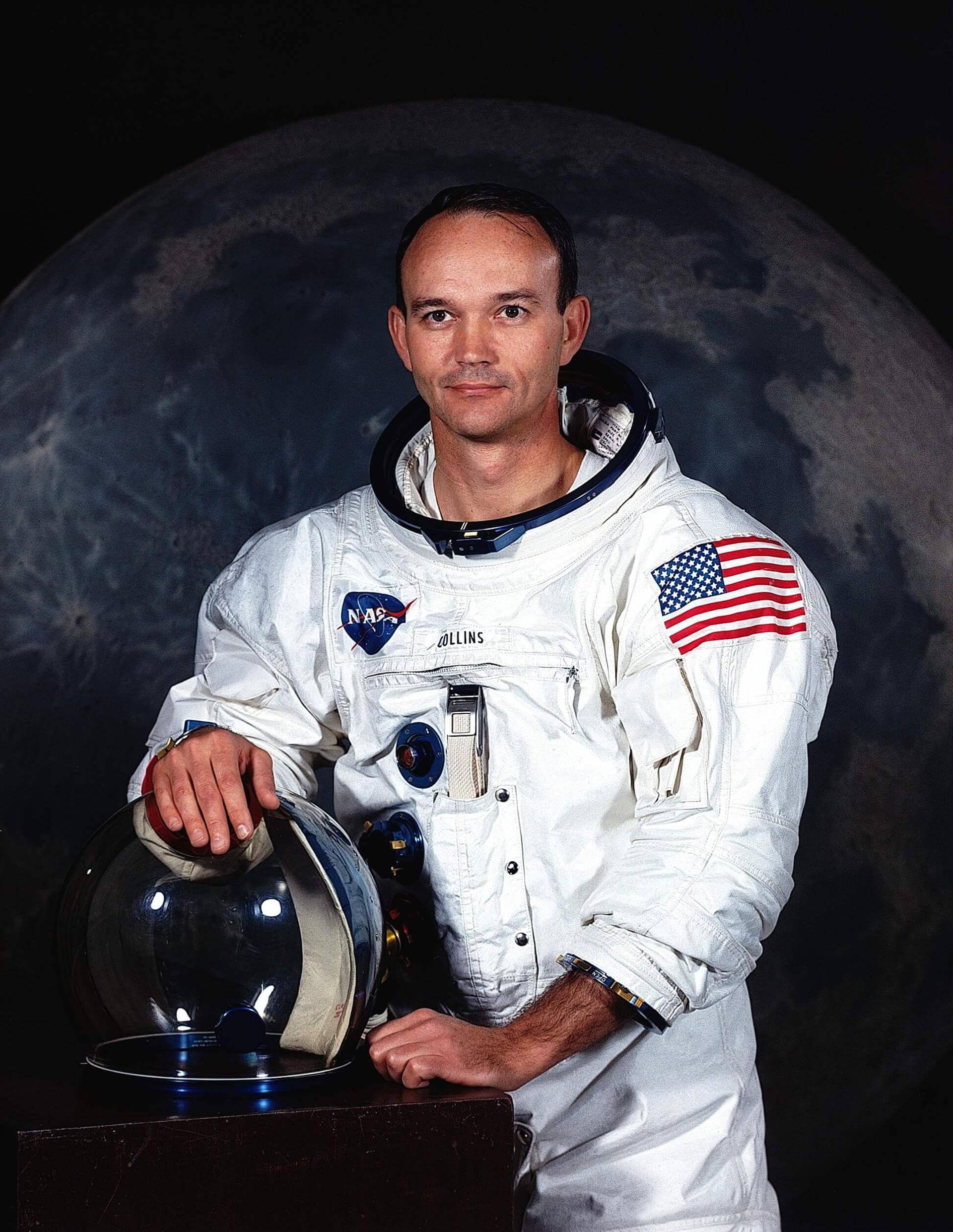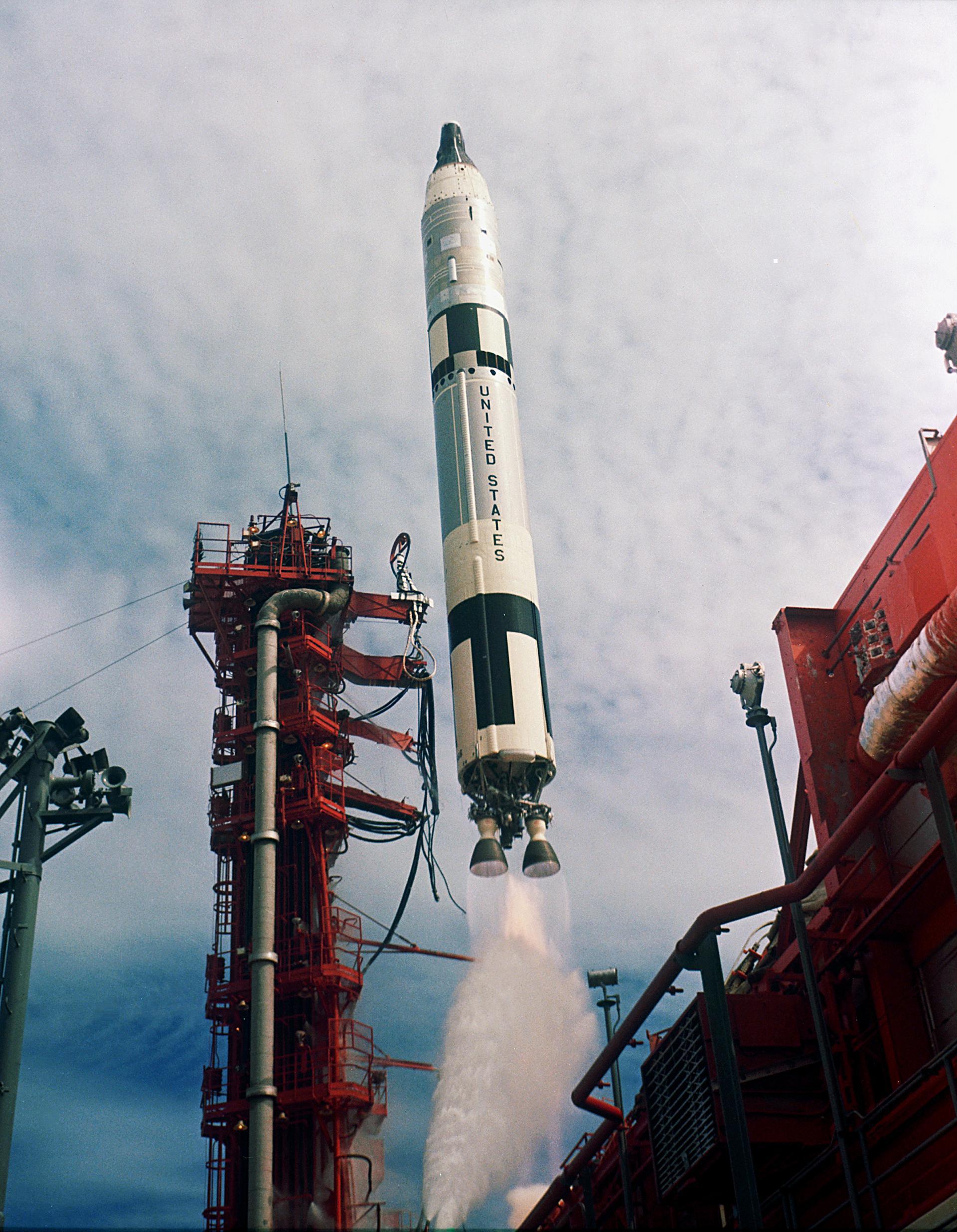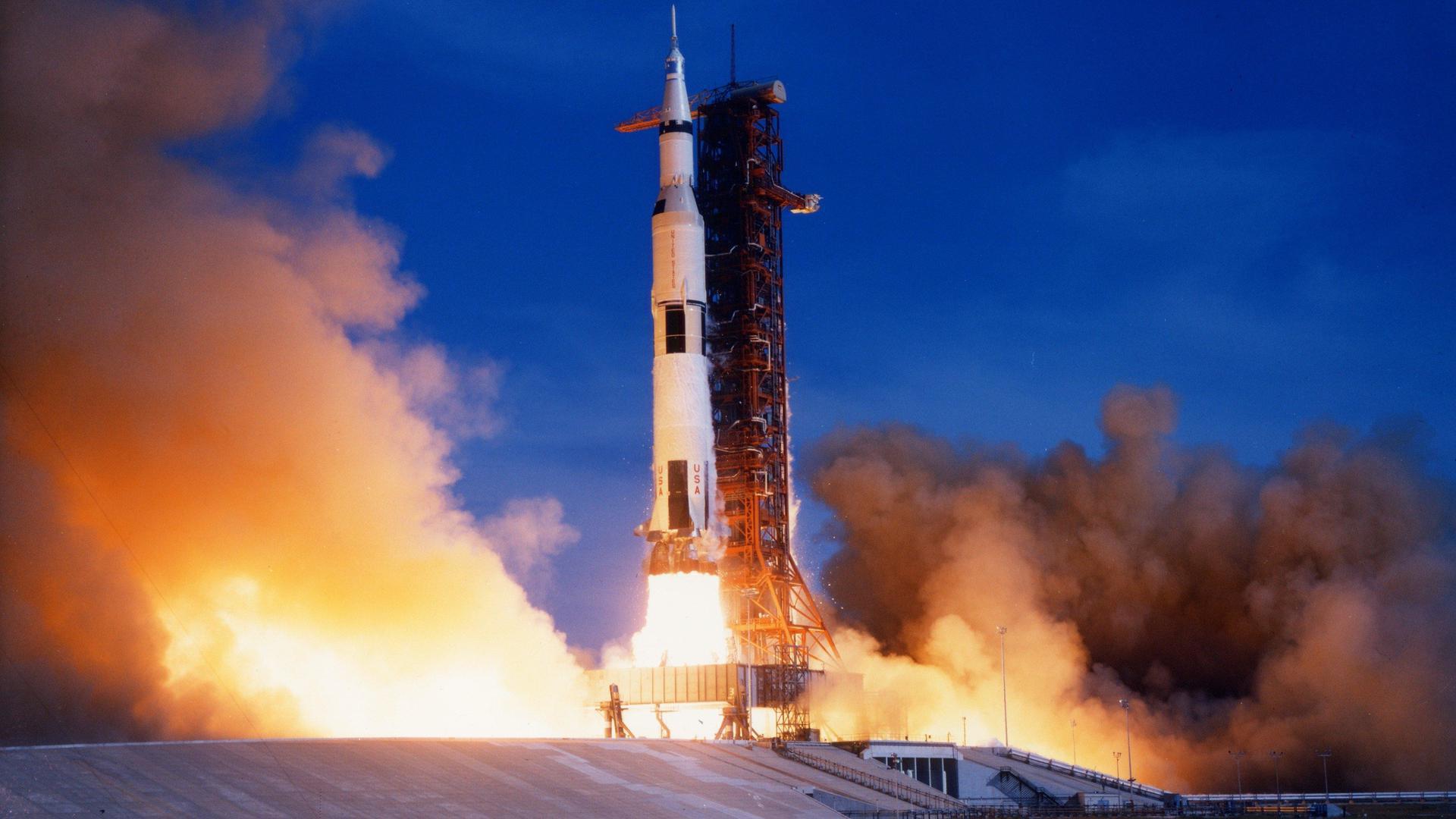Michael Collins
American - (NASA)
Deceased
Date of Birth: Oct. 31, 1930
Date of Death: April 28, 2021
Michael Collins (born October 31, 1930) (Major General, USAF, Ret.) was an American former astronaut and test pilot. Selected as part of the third group of fourteen astronauts in 1963, he flew into space twice. His first spaceflight was on Gemini 10, in which he and Command Pilot John Young performed two rendezvous with different spacecraft and undertook two extra-vehicular activities (EVAs, also known as spacewalks). His second spaceflight was as the Command Module Pilot for Apollo 11. While he stayed in orbit around the Moon, Neil Armstrong and Buzz Aldrin left in the Lunar Module to make the first manned landing on its surface. He is one of 24 people to have flown to the Moon. Collins was the fourth person, and third American, to perform an EVA; and is the first person to have performed more than one EVA.
Titan II GLV | Gemini X
National Aeronautics and Space Administration | United States of AmericaCape Canaveral SFS, FL, USA
July 18, 1966, 10:20 p.m.
Status: Success
Mission:
Gemini 10 was the eighth crewed mission of the NASA's Project Gemini. It was commanded by Command Pilot John W. Young and Pilot Michael Collins. Gemini 10 achieved the objectives planned for the last two missions - rendezvous and docking with Agena target vehicle, and EVA. The mission started on July 18, 1966, 22:20:26 UTC and ended on July 21, 1966, 21:07:05 UTC.
Low Earth OrbitSaturn V | Apollo 11
National Aeronautics and Space Administration | United States of AmericaKennedy Space Center, FL, USA
July 16, 1969, 1:32 p.m.
Status: Success
Mission:
Apollo 11 was commanded by Neil Armstrong , Command Module Pilot Michael Collins and Lunar Module Pilot Edwin "Buzz" E. Aldrin. The Mission was to complete the goal that President John F. Kennedy set on May 25, 1961 to land a man on the moon and return the crew back to Earth. On July 20,1969 Neil Armstrong and Buzz Aldrin landed there Lunar Module on the sea of tranquility this marked the first time a human has set foot upon another celestial body.
Lunar OrbitThe National Aeronautics and Space Administration is an independent agency of the executive branch of the United States federal government responsible for the civilian space program, as well as aeronautics and aerospace research. NASA have many launch facilities but most are inactive. The most commonly used pad will be LC-39B at Kennedy Space Center in Florida.
Ariane 62
Galileo L14 (FOC FM33 & FM34)
Ariane Launch Area 4 - Guiana Space Centre, French GuianaPayload consists of two satellites for Europe's Galileo navigation system.
Atlas V 551
Amazon Leo (LA-04)
Space Launch Complex 41 - Cape Canaveral SFS, FL, USAAmazon Leo, formerly known as Project Kuiper, is a mega constellation of satellites in Low Earth Orbit that will offer broadband internet access, thi…
Long March 4B
Ziyuan-3-04
Launch Complex 9 - Taiyuan Satellite Launch Center, People's Republic of ChinaThe ZY-3 (Ziyuan-3, 'Resource-3') series represents China's first high-resolution, stereoscopic mapping satellites for civilian use. The second sa…
Falcon 9
Starlink Group 6-82
Space Launch Complex 40 - Cape Canaveral SFS, FL, USAA batch of 29 satellites for the Starlink mega-constellation - SpaceX's project for space-based Internet communication system.
Falcon 9
Starlink Group 15-12
Space Launch Complex 4E - Vandenberg SFB, CA, USAA batch of 27 satellites for the Starlink mega-constellation - SpaceX's project for space-based Internet communication system.




